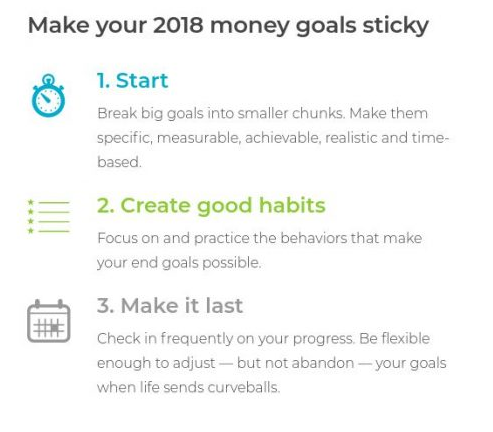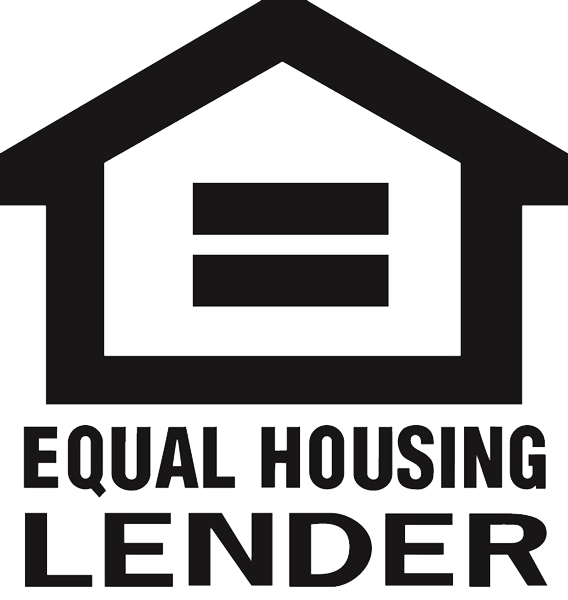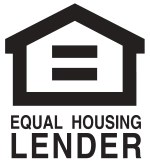

3 Money Resolutions That Are Worth Getting Right
3 Money Resolutions That Are Worth Getting Right
Another new year, another chance for well-intentioned resolutions to start with a bang and fizzle out. But unlike failing to drop those last five pounds, falling short on financial goals you’re banking on in 2018 could cost you for years to come.
Generally, attainable goals follow the SMART approach: They’re specific, measurable, achievable, realistic and time-based. But that doesn’t mean attainable goals are all easy. A recent study indicates certain money goals that fit these criteria can remain challenging for some who are striving toward them.
Here are some 2017 financial resolutions that proved hardest to hit, with reported achievement rates, according to the 2018 New Year Money Report.
- Americans who intended to stick to a monthly budget: 52% achieved
- Those who planned to save for an emergency fund: 42% achieved
- Those who planned to save for a home down payment: 28% achieved
“Setting big goals is admirable, but if they are too big a leap from your current financial status, you could be setting yourself up for disappointment,” says Kimberly Palmer, personal finance expert for NerdWallet. “You can make them more achievable by breaking bigger goals into smaller ones.”
Setting yourself up for success
Achieving any one of these three money goals can bring you closer to personal financial security. But as with any resolution, the devil is in the details. Merely saying you’re going to do something isn’t enough; you need to create a road map and form lasting habits that will propel you toward a desired outcome.
“If you want to save for a down payment next year but you don’t currently have a savings account, then your goal could be to open a savings account and put 3% of your take-home pay into it each month,” Palmer says. Similarly, she adds, if your goal is stick to a budget, outline the smaller steps it will take to get you to do that.

Stick to a monthly budget
Following a budget should be on everyone’s to-do list, particularly if you have bigger financial goals in sight. Building your budget is the easy part, but sticking with it is about creating and maintaining good habits.
Start: Create your budget with personal priorities and long-term goals in mind. Aiming to set aside 50% of your income for needs, 30% for wants and 20% for debt and savings is a good place to start.
Create good habits: Commit to tracking your spending daily, and create a standing weekly check-in with yourself to ensure you’re on target.
Make it last: Every month, sit down and review your progress. Make adjustments as needed. As an added incentive, budget a small reward every few months for sticking to your plan — an extra meal out or movie tickets, for example.
Save for an emergency fund
Ideally, you’ll one day have three to six months of living expenses set aside in case of an emergency, but if you’re starting with nothing, every little bit counts.
Start: If you have nothing set aside, start small; target $500 as your first mini-goal. Once you’re there, up it to $1,000, and continue in this manner until you have a month’s living expenses set aside.
Create good habits: Automate your emergency fund by having a portion of your paycheck direct deposited into a separate savings account. Remember, you want this money easily accessible in case of emergency, so a traditional or online high-interest savings account is a wise choice.
Make it last: Your emergency fund goal should be a moving target, and six months of living expenses is ambitious. Once you’ve got a single month’s worth, focus on paying off any high-interest debt or getting closer to your retirement goals before focusing back on saving the next month’s worth of expenses.
Save for a down payment
A home down payment can take years to amass, so set realistic expectations and use your long-term vision on this goal.
Start: Determine a realistic goal down payment amount, considering both your anticipated budget and the type of home loan you’ll use. A home affordability calculator can help you do the math.
Create good habits: As with any savings goal, automating this one will make it easier to stick with it, so have a portion of your paycheck set aside automatically and be flexible enough to adjust this amount as your income or expenses change.
Make it last: Knowing your total savings goal and how much you plan to set aside each month, figure out how many months it should take. Mark off each successful month of saving on a calendar. This small action can provide a sense of accomplishment and give you a nudge to keep going.
If you're using a screen reader or other auxiliary aid
and having problems using this web site,
please call 800-765-4527 for assistance.





